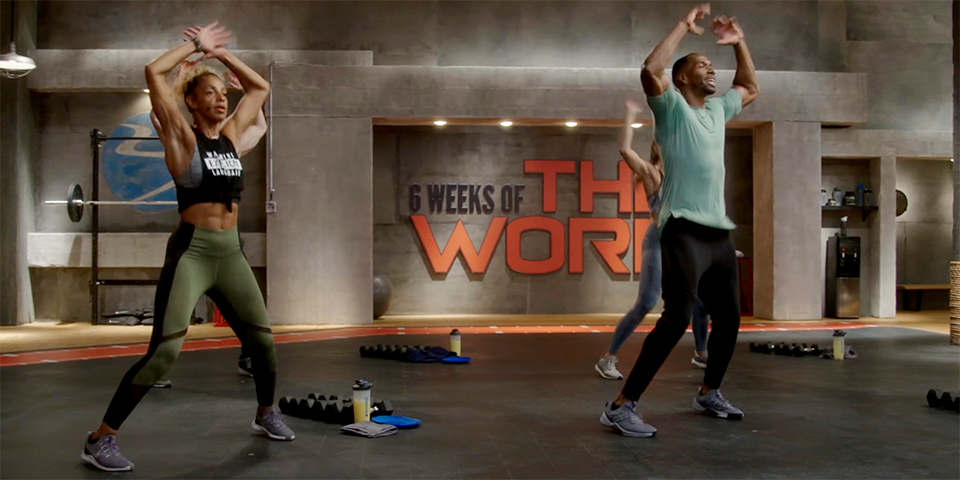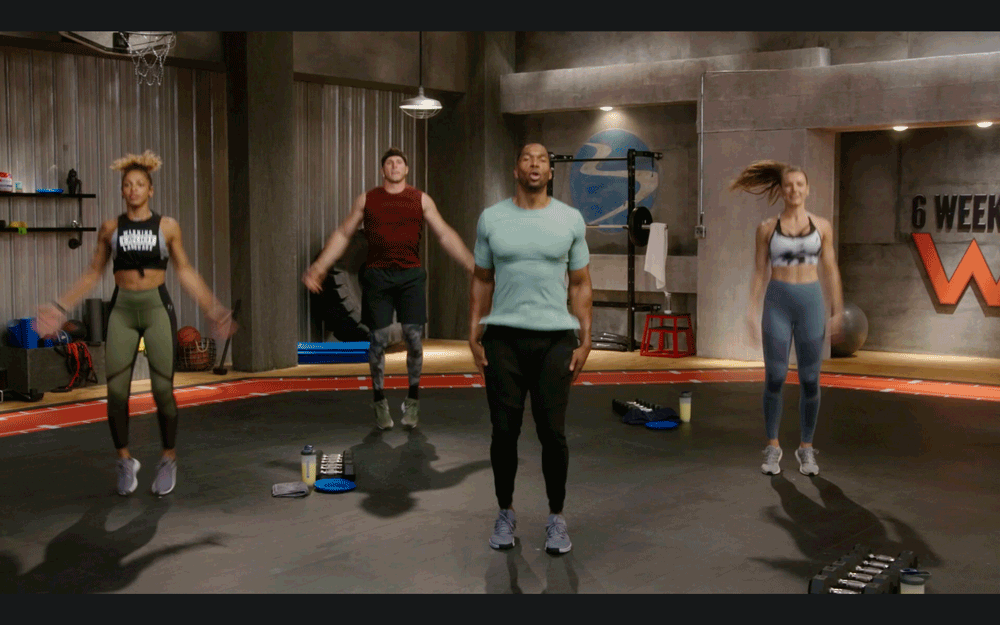When was the last time you did jumping jacks? If you answered, “in elementary school gym class,” it might be time to reacquaint yourself with this classic exercise. They may look like child’s play, but jumping jacks offer a slew of benefits — whether you’re 12 or 65.
Read on to find out why jumping jacks should be part of your fitness routine.
1. Strengthen the Heart
Jumping jacks are a convenient and accessible form of cardio exercise. Jumping with both feet while simultaneously raising your arms overhead repeatedly increases your muscles’ demand for oxygen, prompting your whole cardiovascular system, including your heart, to work harder. Over time, that system will adapt to cardio exercise like jumping jacks by getting stronger and more efficient at pumping blood and utilizing oxygen.
2. Work Many Muscle Groups
Jumping jacks fall under the category of calisthenics, which is any form of bodyweight training that builds strength and increases overall fitness. Other examples of calisthenics exercises include the push-up, the pull-up, and the bodyweight squat.
Like other calisthenics exercises, jumping jacks recruit several major muscle groups at once. Mainly, they work the glutes, quads, hip flexors (a group of muscles that lift your knee toward your body), and deltoids (shoulder muscles). They won’t boost muscle growth as much as weightlifting, but they will help increase muscular endurance and power, making them a good addition to any training program.
3. Help with Fat Loss
Exercise is a key piece of the fat loss puzzle because it can increase your body’s metabolic rate, helping you create the calorie deficit you need to tip the scale in the right (downward) direction.
That’s especially true if you keep the intensity high. According to estimates from Harvard Medical School, a 155-pound person can burn 167 calories during a 30-minute session of moderate-intensity calisthenics. But if that same person does a 30-minute session of vigorous-intensity calisthenics, the calories go up to 298.
So, how do you know the difference between “moderate” and “vigorous”? The U.S. Department of Health and Human Services suggests using a 0 to 10 scale to gauge intensity, where 0 means you’re sedentary (e.g., standing still, or sitting or lying down) and 10 means you’re going all-out. A moderate-intensity workout will feel like a 5 or 6, whereas a vigorous-intensity session will feel like a 7 or 8.
Jumping jacks are also easy to use in a high-intensity interval training (HIIT) format, and research shows that, when it comes to burning calories, HIIT reigns supreme. In one study, men who performed a 30-minute HIIT workout burned significantly more calories per minute than they did during steady-state exercise.
4. Build Strong Bones
Thanks to the repetitive loading on your lower body, plyometric (e.g., jumping) exercises like jumping jacks can boost bone strength. Case in point: According to a study published in the Journal of Applied Physiology, young women who did 10 vertical jumps three days a week for six months strengthened the bones in their legs and lower spine. The women who didn’t jump missed out on these bone-strengthening benefits.
Keep in mind: If you have a joint condition (e.g., arthritis) or low bone density, or are overweight, you should check with your doc before adding plyometric exercises to your weekly routine.
5. Can Be Done Anywhere
All it takes to do a jumping jack is to bounce and spread your arms and legs wide. You can do this movement just about anywhere and anytime you need a quick cardio boost — at home, in the gym, at a rest stop, or in a hotel room. Plus, they require no equipment and are easy for anyone to learn.
6. Improve Balance and Coordination
Though jumping jacks look simple, it takes a bit of balance and coordination to be able to do them effectively. After all, you have to coordinate your jumps with the movement of your limbs, not to mention regain your balance quickly when you land. With time and practice, you’ll build both balance and coordination.
Researchers found this benefit in another childhood activity: jumping rope. Adolescent soccer players who practiced jumping rope for eight weeks were able to improve their balance and coordination more than players who stuck to practicing only soccer drills. The takeaway: Add both exercises to your routine!
7. Fun to Do
There’s something to be said about exercise that makes you smile, and jumping jacks definitely fall within the category of smile-inducing fitness. After all, it’s hard not to enjoy yourself while jumping up and down. And when you enjoy exercise, you’re far more likely to do it — and stick with it over the long term. This consistency is key for achieving any fitness goal, whether you’re working toward fat loss, endurance, or strength.

